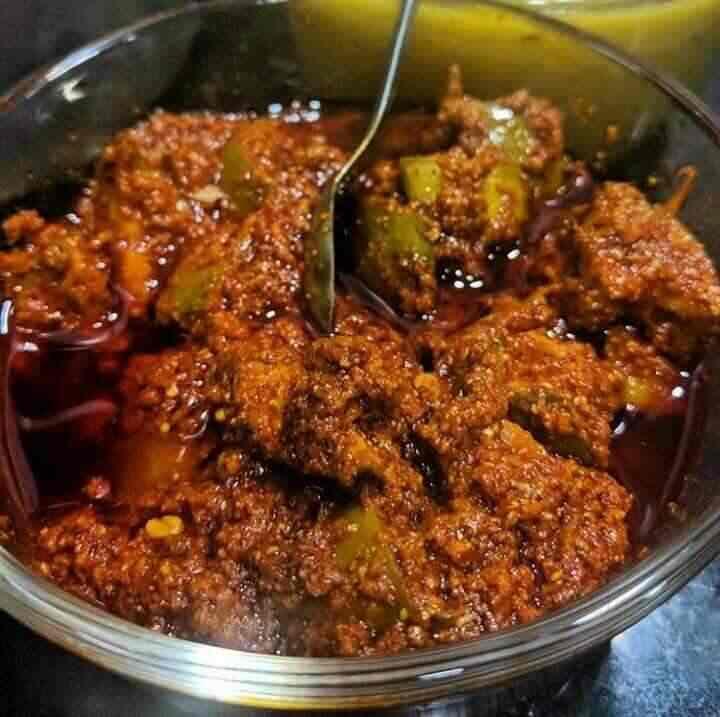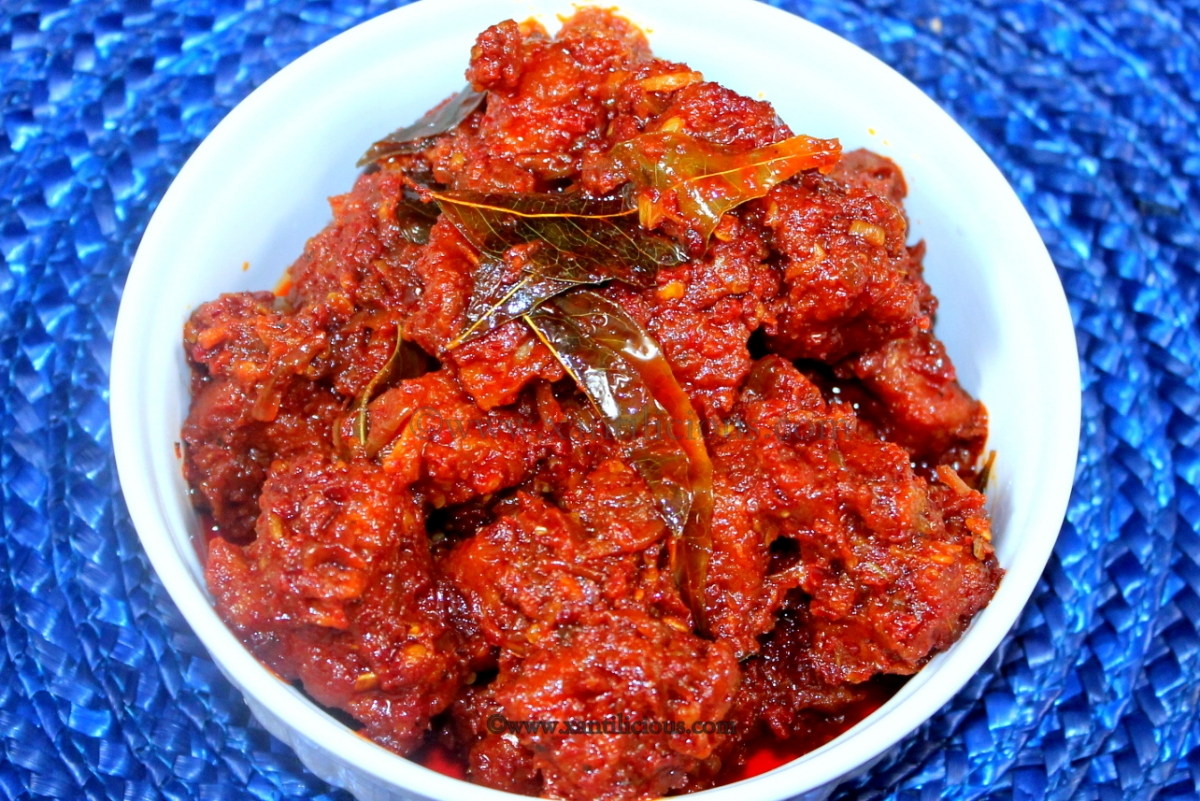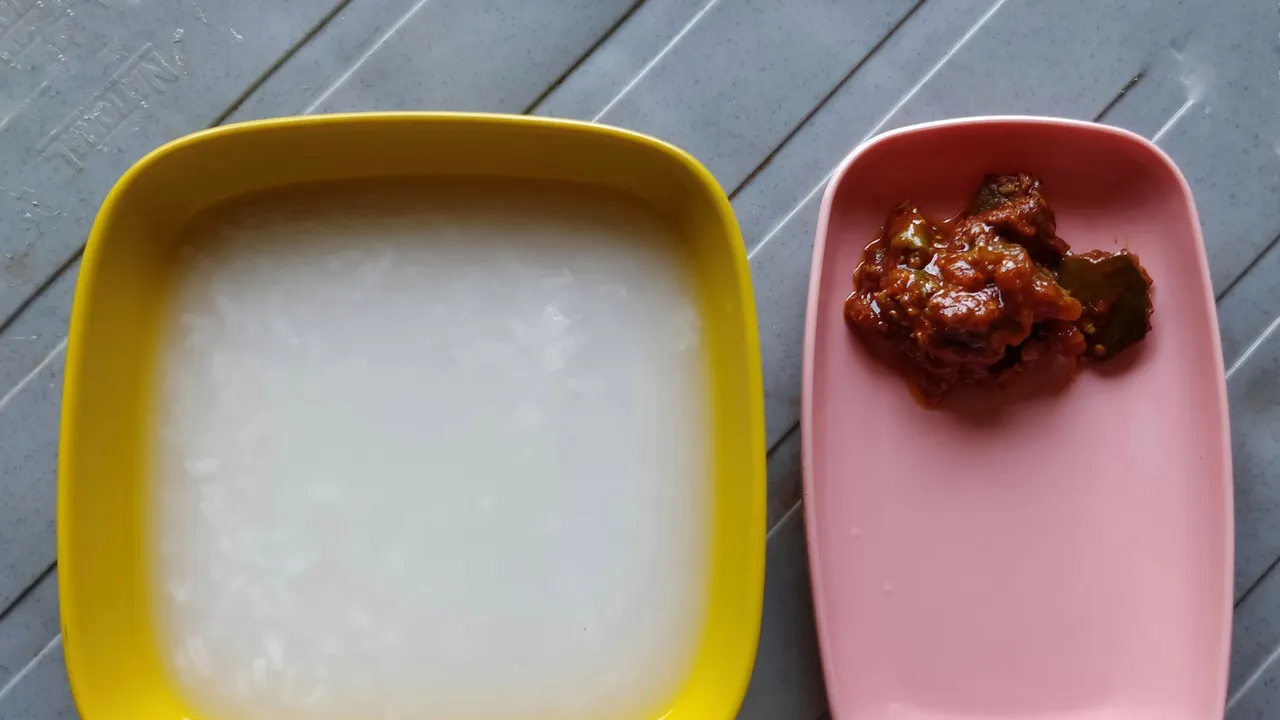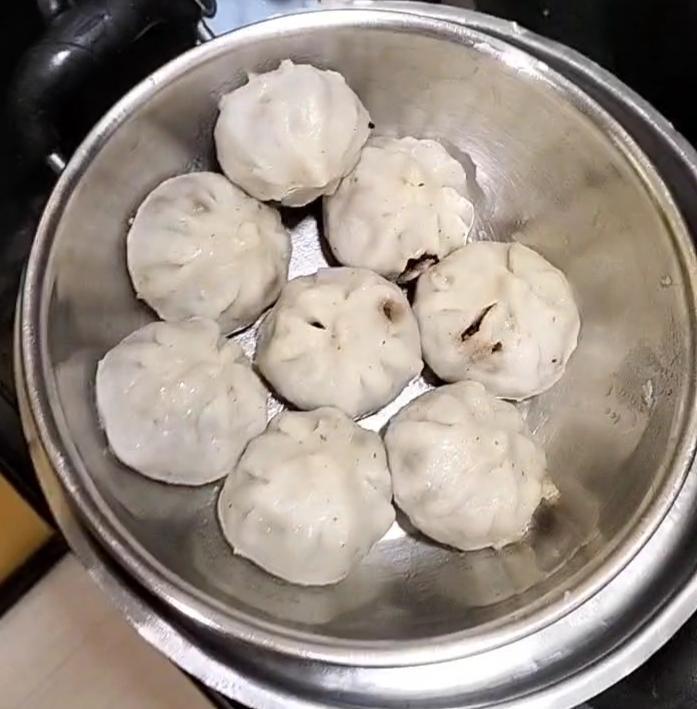Contents
- Traditional and Modern Eating Practices
- Vegetarianism and Dietary Restrictions Across Communities
- Meals of the Day
- How Spicy is the Food?
- Local Produce
- Pickles
- Baby Food and School Lunches
- Festival and Seasonal Delicacies
- Smoking, Drinking and Substance Use
- Local Culinary Traditions
- Traveled Culinary Traditions
- Eating Out
- Ahura
- Keith Bakery
- Kinara Bar & Restaurant
PALGHAR
Food
Last updated on 22 July 2025. Help us improve the information on this page by clicking on suggest edits or writing to us.
Visitors can enjoy fish thalis from the coastal regions, featuring local seafood prepared with Malvani spices. Inland, indigenous dishes from the Konkani community showcase traditional cooking and foraged ingredients. The region also includes Portuguese influences, with dishes like Sorpotel and Marzipan reflecting its colonial history.
Traditional and Modern Eating Practices
Traditionally, residents of Palghar consumed home-cooked meals made from locally sourced ingredients, reflecting the region's agricultural practices and cultural heritage. Common dishes included seafood and various vegetarian options that utilized fresh produce. However, as socio-economic development progressed, particularly among the younger generation, eating habits began to change. Fast food and Chinese cuisine gained popularity, especially in urban areas like Vasai and Palghar. Despite this shift, traditional foods remain prevalent in rural and indigenous regions, where local ingredients and cooking methods continue to be valued. Events like the Raan Bhaji Mahotsav celebrate these traditional practices by highlighting wild foods and forest vegetables that have been part of local diets for centuries.
Vegetarianism and Dietary Restrictions Across Communities
In Palghar, people prefer eating non-vegetarian food. However, it's important to note that those in urban areas follow the "vaar" system, consuming non-vegetarian meals only on certain weekdays. In contrast, residents of the jungle patta, particularly in areas like Mokhada, Vikramgad, and Wada, tend to eat non-vegetarian food most days of the week and consume vegetarian dishes much less frequently.
Meals of the Day
![Makkai Chivda[1]](/media/culture/images/maharashtra/palghar/food/makkai-chivda1-4770f7af.png)
In the coastal areas of Palghar, fish-based dishes dominate the culinary scene. Fish thalis, fish fry, and fish pickles are widely enjoyed throughout the day. In addition to these main meals, people typically snack on items like Makai Chiwda, Mix Farsan, and Murukku between lunch and dinner. After meals, it is common to consume digestives such as Paan or Meetha Paan, along with mouth fresheners made from jeera, sugar, and sauf. Some individuals also prefer chewing tobacco after their meals.
How Spicy is the Food?
![Kardai Plant[2]](/media/culture/images/maharashtra/palghar/food/kardai-plant2-aea2a2e6.png)
The dishes of Palghar are not very spicy. The cuisine maintains a balance between spicy and sweet flavors. Additionally, indigenous communities in Palghar consume various parts of wild edible plants in forms such as curry, pickles, and fried dishes. For example, the aerial parts of the Kardai plant are peeled to remove thorns, and pieces of its fresh stem are added to chicken curry to enhance the flavor. The fruits of Ambattingali are also used as ingredients in local spices.
Local Produce
![Palghar Seafood[3]](/media/culture/images/maharashtra/palghar/food/palghar-seafood3-47070f31.png)
Historically, rice and fish have been the primary agricultural products and trade commodities in Palghar. The district's fertile land and proximity to the sea have supported these industries for centuries. Today, chikoo (sapodilla) has also become a significant crop, particularly in the Dahanu and Palghar talukas, contributing to the local economy through trade. In addition to these staples, Palghar benefits from its rich marine resources. The Arabian Sea provides a variety of seafood, including pomfret, kingfish, shrimp, and squid, which are essential to the local diet and economy. Fishermen in the region engage in both commercial fishing and subsistence practices, utilizing traditional methods that have been passed down through generations. The cultivation of other crops, such as vegetables and fruits, complements the diet of Palghar's residents. Local markets often feature fresh produce sourced from nearby farms, ensuring a steady supply of ingredients for home-cooked meals.
Pickles


Fish pickles are very popular in Palghar. In addition to this, people also enjoy pickles made from chicken, mutton, kolambi (prawns), shrimp, borae (a type of fish), mango, lime, and pork. Ginger pickles are especially favored in the Wada region.
Baby Food and School Lunches

A dish called Paje, made from heavily boiled rice and a little salt, is commonly given to infants and toddlers. Another popular dish for babies includes rice and Varan, often served with pureed fruits or whole fruits. These dishes are common across the various communities living in Palghar. For school-going children, parents in the district typically pack chapati along with some kind of bhaaji. Occasionally, non-vegetarian dishes like sukat (dried shrimps) or fish, along with other items that children enjoy, are included. In the Wada region, college students often take bhakri paired with dry bhaaji such as sukat, dry fried green chilies, and gul tup (jaggery with ghee).
Festival and Seasonal Delicacies

During festivals like Diwali, Holi, and Ganesh Chaturthi, traditional sweets such as puran poli, modak, and faral (a mix of sweet and savory snacks) are prepared. In Catholic communities, Christmas is celebrated with marzipan (a sweet dish made from almonds, sugar, and egg whites), rose cookies, and pork dishes.
![Marzipan, a Christmas sweet dish.[4]](/media/culture/images/maharashtra/palghar/food/marzipan-a-christmas-sweet-dish4-66ca35a8.png)
Smoking, Drinking and Substance Use
![Asian Palmyra[5]](/media/culture/images/maharashtra/palghar/food/asian-palmyra5-ef51ca3a.png)
Alcohol consumption in Palghar is relatively low, with local varieties like Tadi and Madi (fermented from the juice of the Asian Palmyra tree) being popular in rural areas. Smoking and tobacco use are more common among the older population, with a preference for bidis and chewing tobacco. This reflects the cultural practices of the region, where traditional beverages and tobacco products are integrated into social interactions.
Local Culinary Traditions
The local culinary practices in Palghar are deeply rooted in community traditions. The CKP (Chandraseniya Kayastha Prabhu) and Pathare Prabhu communities are known for their non-vegetarian dishes, such as Sodya cha Upma (dried prawns with upma) and Mutton Curry with Puran Poli.
![Bhujing[6]](/media/culture/images/maharashtra/palghar/food/bhujing6-6ef1cc74.png)
The indigenous communities in the Jawhar, Mokhada, Wada, and Vikramgad talukas have a unique culinary style that heavily incorporates locally grown vegetables and wild game. Traditional dishes often use indigenous ingredients and cooking methods passed down through generations. For example, Bhujing, a specialty from Vasai, is made with Poha and often prepared with chicken, giving it a distinctive flavor not found elsewhere.
Traveled Culinary Traditions
![Pork Sorpotel[7]](/media/culture/images/maharashtra/palghar/food/pork-sorpotel7-d155bd5c.png)
In the Christian communities of Vasai, Portuguese-influenced dishes such as Pork Sorpotel, Beef Sorpotel, Pork Roast, and Vindaloo are popular. The East Indian Catholic community is known for its Baffad (meat cooked with vegetables in a clay pot) and Donne (rice flour and coconut jaggery stuffed in turmeric leaves and steamed).
Eating Out
There are a few street food stalls along with some restaurants that are visited often by the people in Palghar. For instance, in Wada, there is a roadside stall run by a man named Mohammed, which has become famous for its non-vegetarian dishes cooked in "kaulas" (ceiling tiles). His unique cooking method and the flavor of his dishes have attracted patrons from across the district. Further, while Palghar district does not boast many high-profile restaurants, a few local eateries have gained popularity.
Ahura
![Ahura[8]](/media/culture/images/maharashtra/palghar/food/ahura8-bb64cde8.png)
Located on the Mumbai-Ahmedabad Highway, Ahura is renowned for its Parsi cuisine, serving dishes like Patrana na Macchi and Chicken Dhansak.
Keith Bakery
![Keith Bakery[9]](/media/culture/images/maharashtra/palghar/food/keith-bakery9-efc1531b.png)
A notable establishment in Vasai, it is known for its Portuguese-inspired baked goods and snacks like chicken and mutton Puffs.
Kinara Bar & Restaurant
![Kinara Bar and Restaurant[10]](/media/culture/images/maharashtra/palghar/food/kinara-bar-and-restaurant-0a740e5d.png)
Located in Vasai, this restaurant was started in 1989 and is famous for its Surmai fry, Sukha Bombil Thecha, and Paplet in White Sauce, all inspired by homemade recipes.
Last updated on 22 July 2025. Help us improve the information on this page by clicking on suggest edits or writing to us.